Ray tracing – frame rate vs. optical quality
Now we come to Turing’s “main attraction” and switch RTX on. It was introduced as the innovation of computer game graphics and has been on everyone’s lips ever since. For many people willing to buy it has even become a decisive purchase criterion. The list of games that should support raytracing shortly after Turing’s release looked very promising. Unfortunately, two years later this feature has only made it into a handful of games and to my regret, half of these games don’t even interest me. But I wanted to test it anyway and the following questions had to be answered:
- Does raytracing offer an optical enhancement?
- How much does raytracing cost?
- Do you need this?
For comparison, I turned the raytracing effects on and off in several games, recording the frame rate and making a personal judgement.
Note: RTX on/off can be easily identified by the frame rate – more FPS = RTX off, less FPS = RTX on. Some games require a restart when raytracing is (de)-activated, so a perfectly identical perspective for comparison could not be achieved here.
In Fortnite there was with “RTX on” (beta) without the use of DLSS a full 17 FPS to marvel at – on the lowest level well noticed. The game also crashes frequently with raytracing enabled, so I discarded a closer look after a short time.
Battlefield 5
Battlefield 5 uses RTX Reflections, which means correct reflections on all smooth surfaces such as absolutely clean glass, perfectly polished marble floors and – rather realistic for a World War II shooter – puddles of dirt on the battlefield. In this specific case (and this is also true for Tomb Raider) you have to distinguish between “looks good” and “looks physically correct”. Especially the second pair of screenshots makes this clear: The first screenshot with the usual “screen space reflections” looks better in my opinion (because you are used to it) than the second screenshot with the physically correct raytracing reflections. In the real world, however, a puddle does not reflect from every angle either!
Settings: 1440p ultra, RTX = ultra
Top RTX off (96 FPS), bottom RTX on (43 FPS)
Top RTX off (94 FPS), bottom RTX on (41 FPS)
Deliver us the Moon
In Deliver us the Moon the RTX-Reflections are also used. But here they are really fun and definitely represent a visual enhancement. If you know the reflections of the protagonist in the panes and expect them, then something is actually missing without RTX.
Settings: 1440p epic, RTX = high
Above RTX off (106 FPS), below RTX on (35 FPS) – with DLSS “Quality” it is 61 FPS
Above RTX off (68 FPS), below RTX on (31 FPS) – with DLSS “Quality” it is 48 FPS.
Shadow of the Tomb Raider
In keeping with the title, the developers have integrated RTX shadows into Shadow of the Tomb Raider that provide a particularly realistic representation of the shadows. Here you have to rethink a bit, because only on closer inspection you notice that the more discreet looking raytracing shadows make much more sense. As already noted above for Battlefield, the “more boring” looking variant here is actually the physically correct variant.
Settings: 1440p Ultra High, RTX = Ultra
Top RTX off (81 FPS), bottom RTX on (47 FPS)
In the next comparison, you can see very nicely on the bouquet on the table that RTX on makes much more sense here than the flowers in the RTX off picture that are illuminated from all sides
Top RTX off (90 FPS), bottom RTX on (73 FPS)
The next two games are graphically very old-fashioned and hardly challenge even old middle-class machines. That is why not only “raytracted” reflections or shadows are used here, but both at the same time and on top of that the global lighting. Even a small child can recognize the difference in graphic quality. Quake 2 and Minecraft are really no longer eye-catchers in their standard version, but with raytracing it looks completely different. A nice gimmick for graphic nerds!
Quake 2 RTX
Settings: 1440p max, RTX = low (!)
In Quake 2 RTX, the engine obviously limits at around 1000 FPS – at 1440p max, mind you. With RTX on on low (!) there are still just over 30 FPS left. Graphically, RTX off and on of course separate dimensions, but the performance slump is brutal.
Minecraft RTX
Setting: 1440 fancy, RTX = on (16 chunks)
Top RTX off (138 FPS), bottom RTX on (77 FPS). In outdoor areas with more effects, the FPS go even further down…
The performance losses are therefore severe in all tested games and usually reduce the frame rate by at least half. Whether one really “needs” this, everyone must decide for himself. In fast games like Battlefield I don’t have time to pay attention to any reflections in puddles of dirt and I definitely prefer the higher frame rate over the reflections. In Shadow of the Tomb Raider, some of the RTX shadows do not look as “good” as the “regular” shadows, although they make much more sense physically. In Quake and Minecraft the effects are great to look at, but reduce the FPS to virtually unplayable rates. At least on the 2060 Super tested here.
But as a counter-example you have to mention Deliver us the Moon in any case. In combination with a successful DLSS 2.0 implementation the framerate remains within an acceptable range despite RTX on, because the game is not so fast that you would necessarily need three-digit frame rates and the reflections have contributed greatly to the great atmosphere of the short but fine game.
Further features
Igor and my namesake Alexander Pozdnyshev have written excellent reviews of RTX Voice and the NvEnc Video Encoder. Instead of repeating everything again here, I simply link the two very informative articles for those interested and summarize the conclusion of the colleagues at the end of this review for those who are lazy about reading.















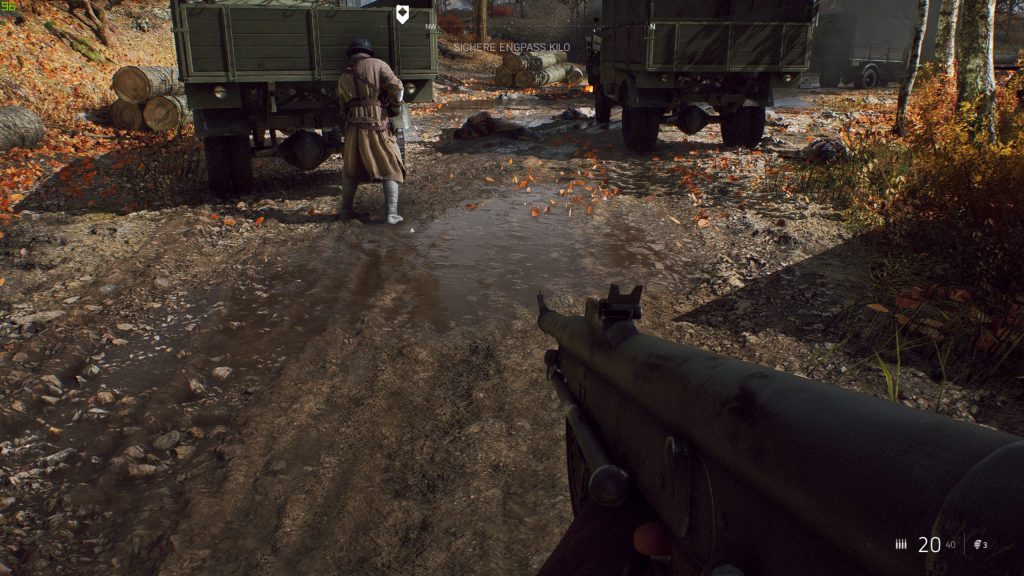
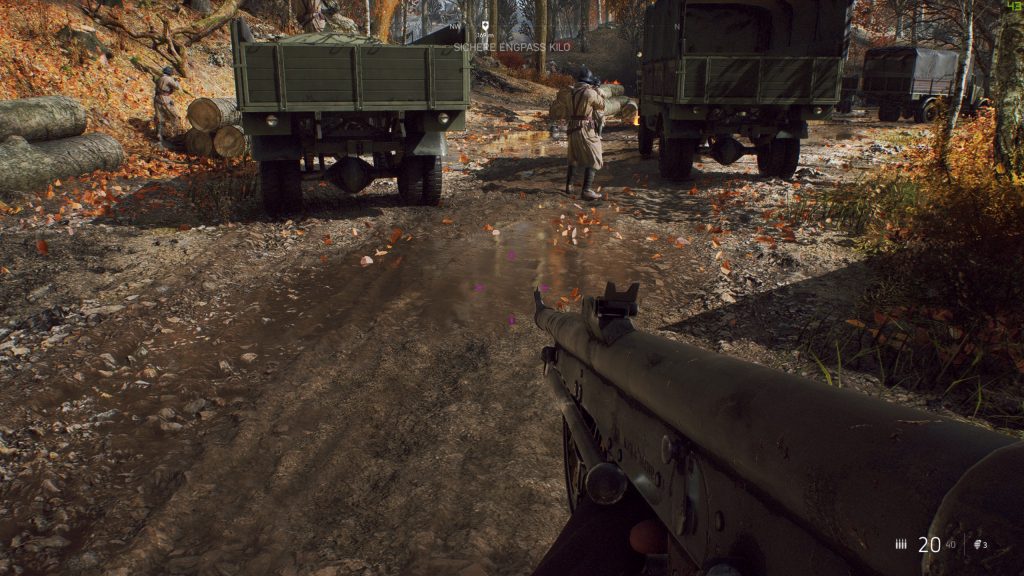
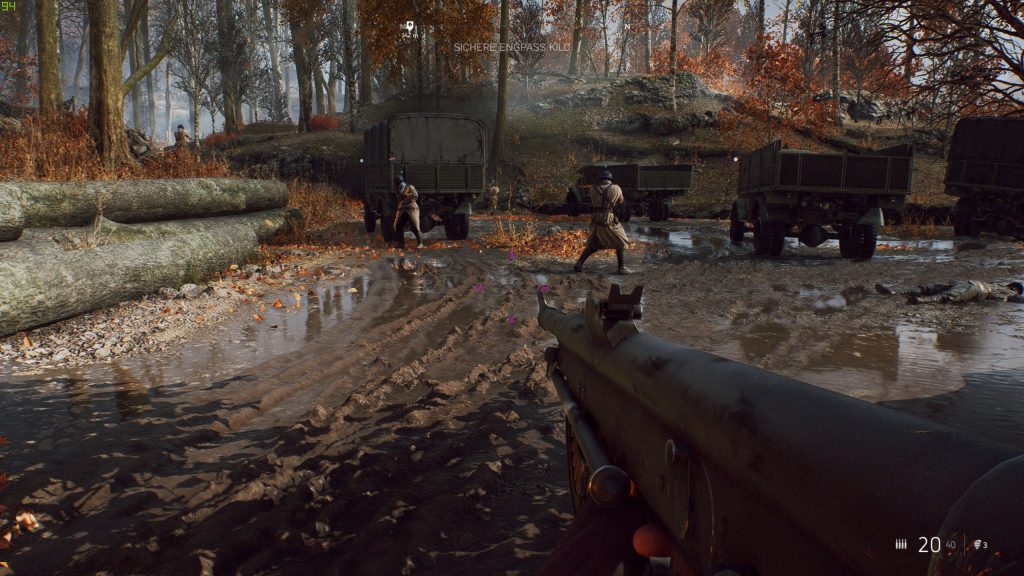
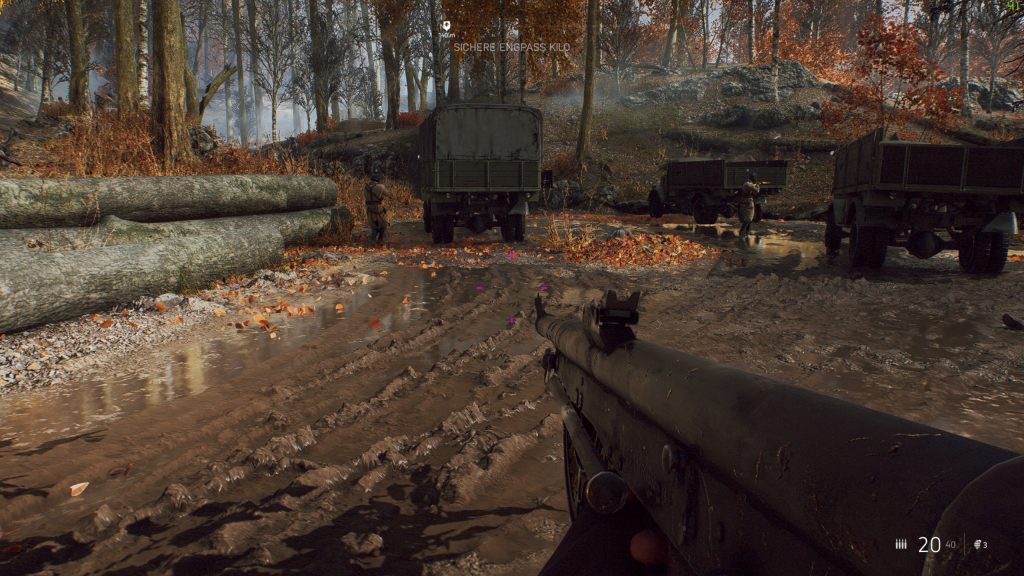
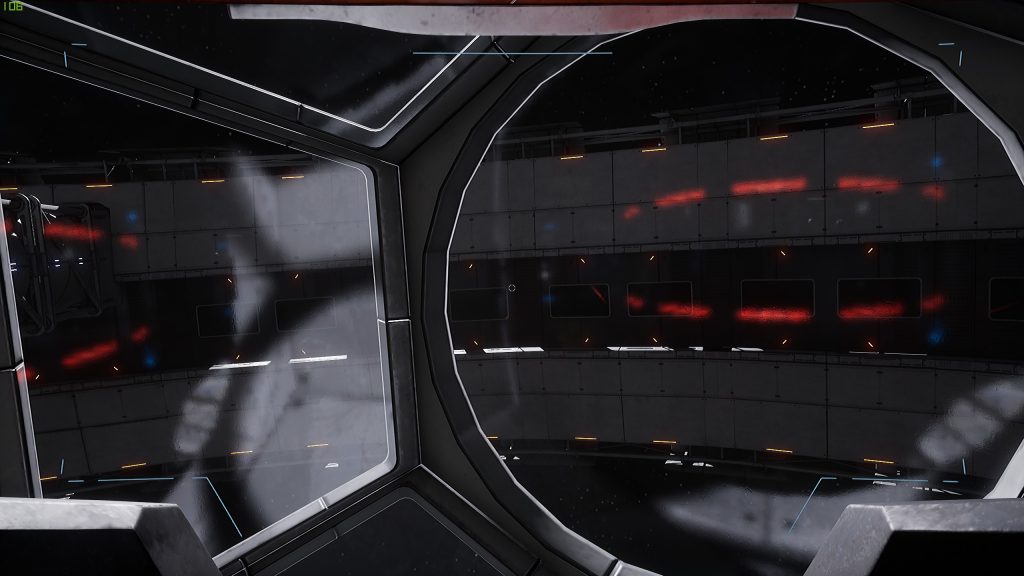
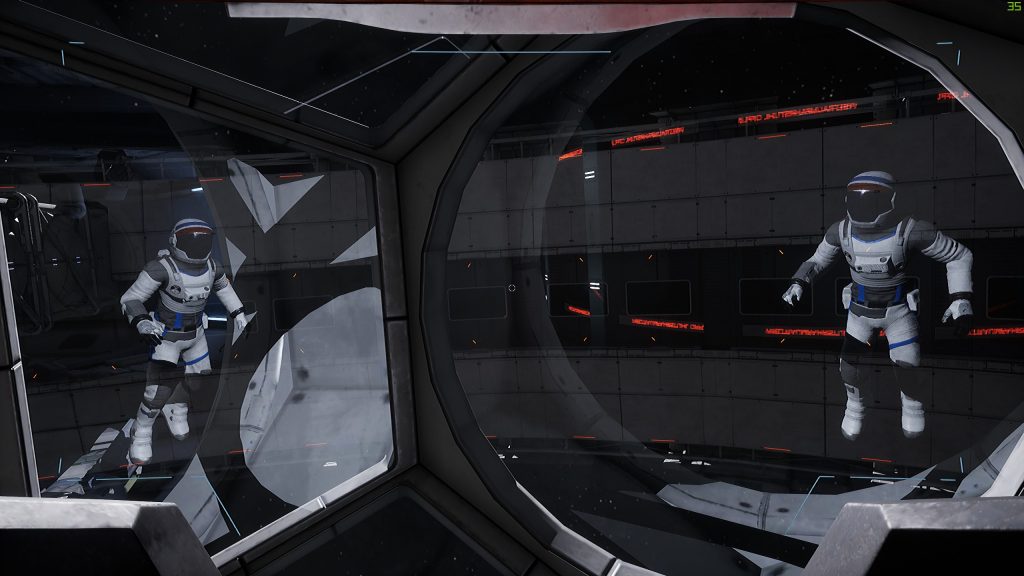

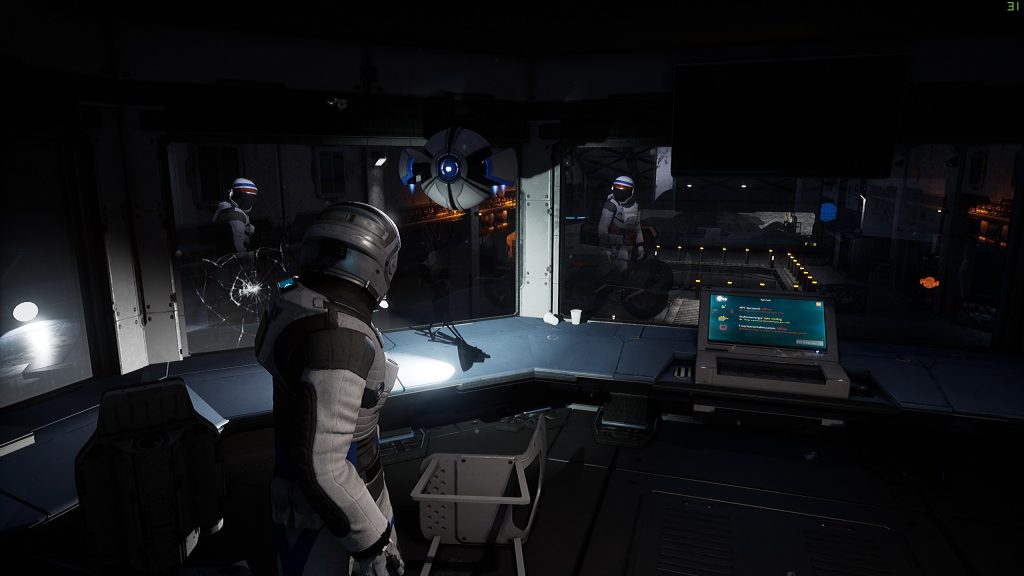
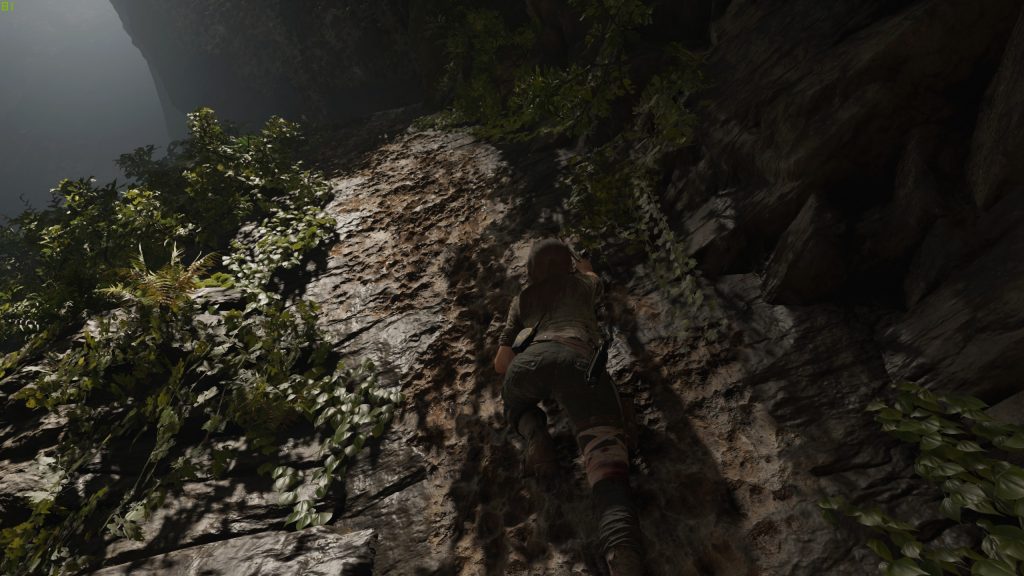
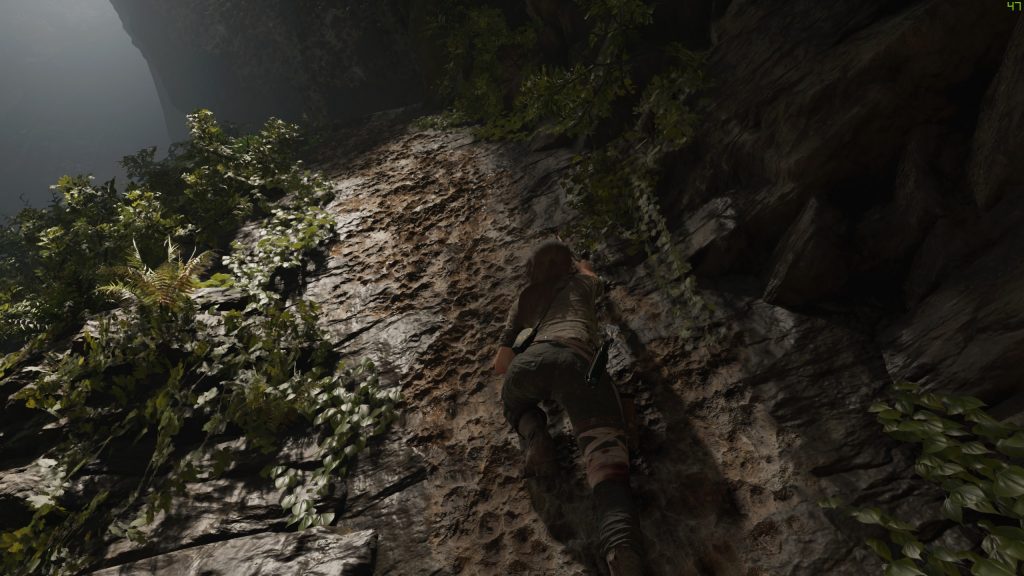
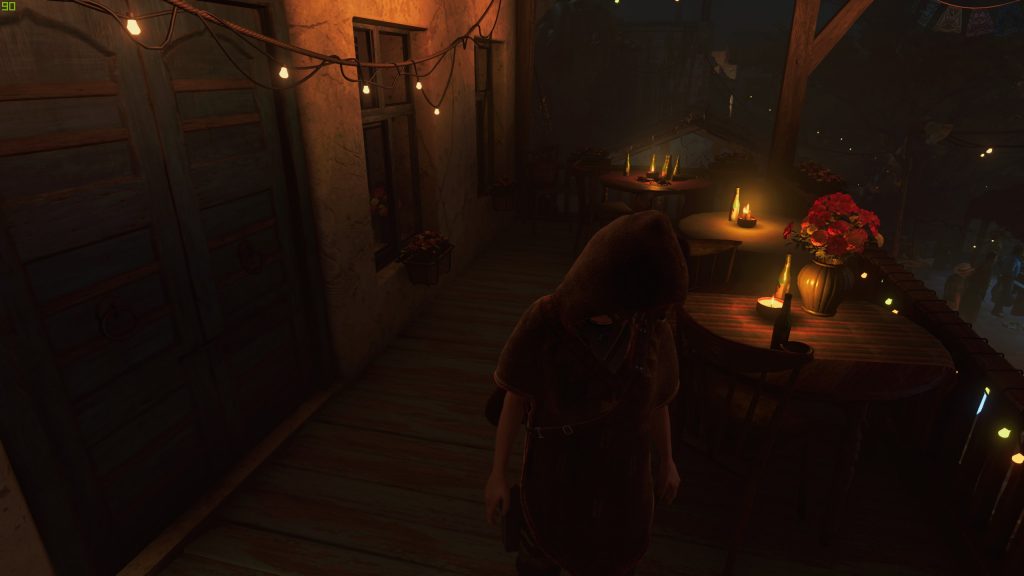
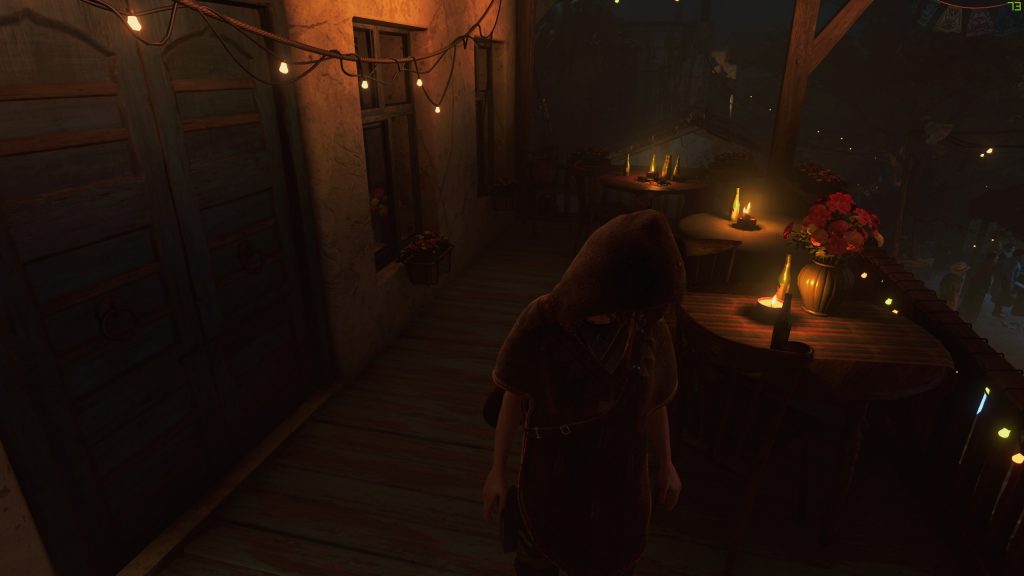
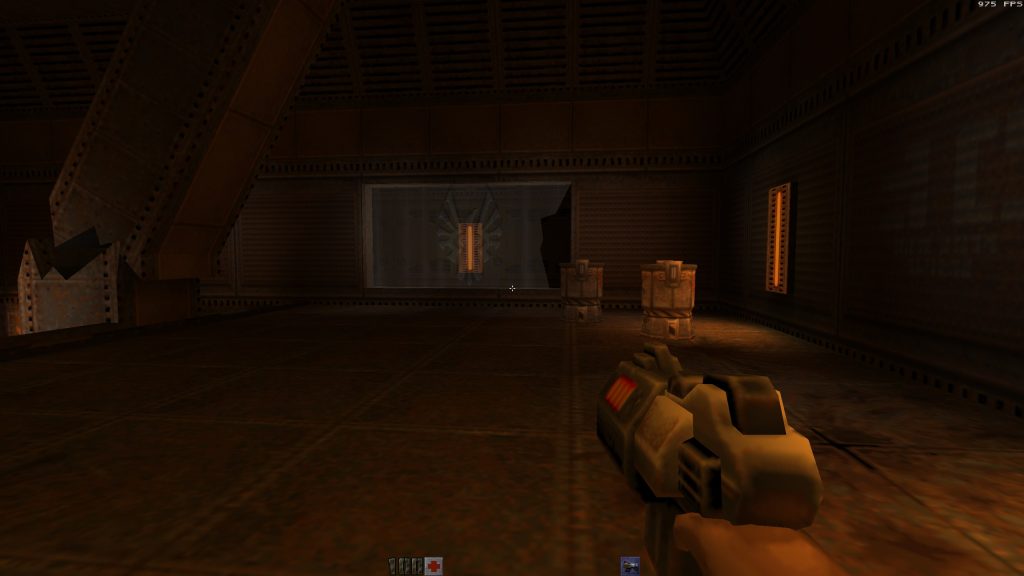
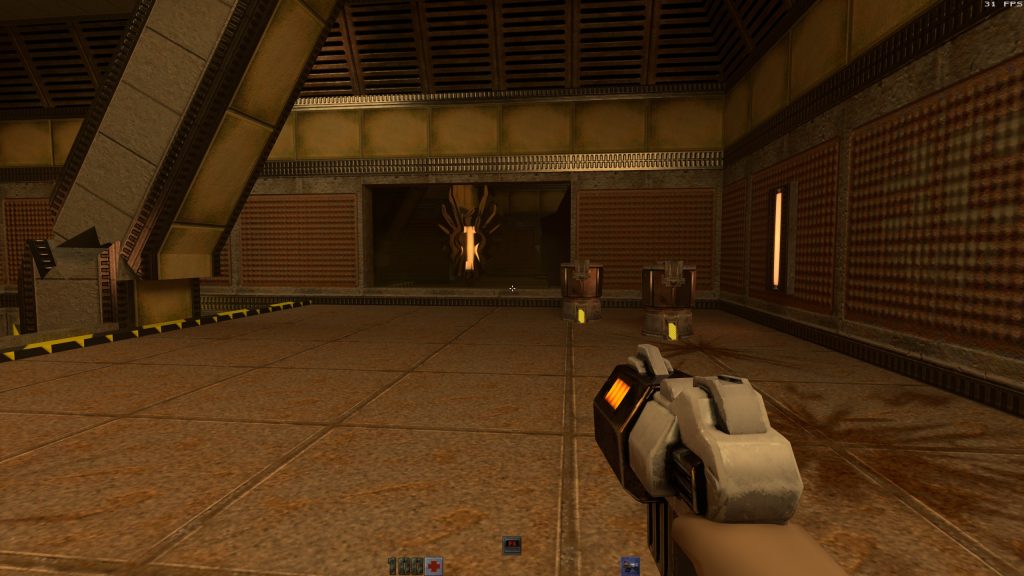
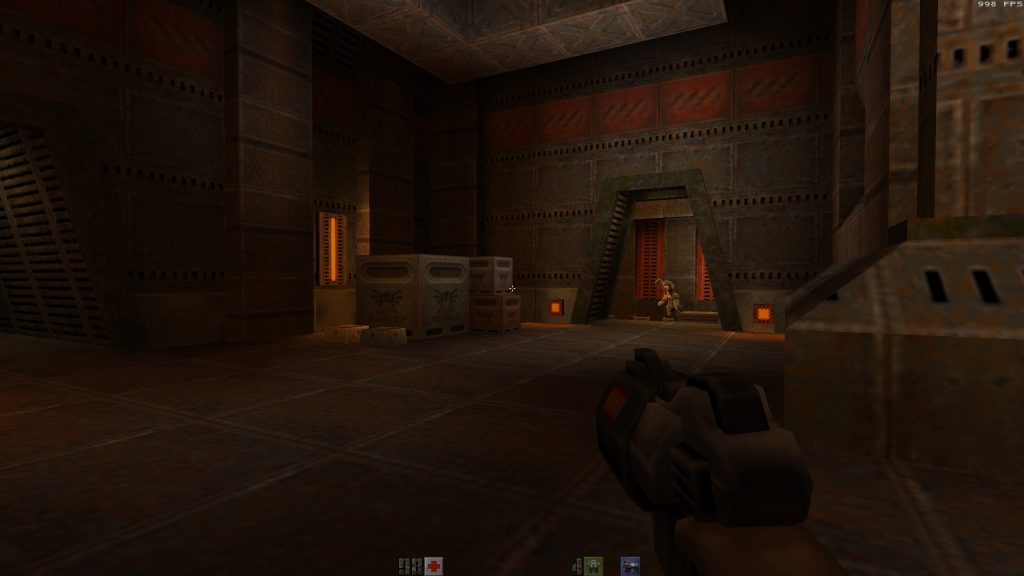
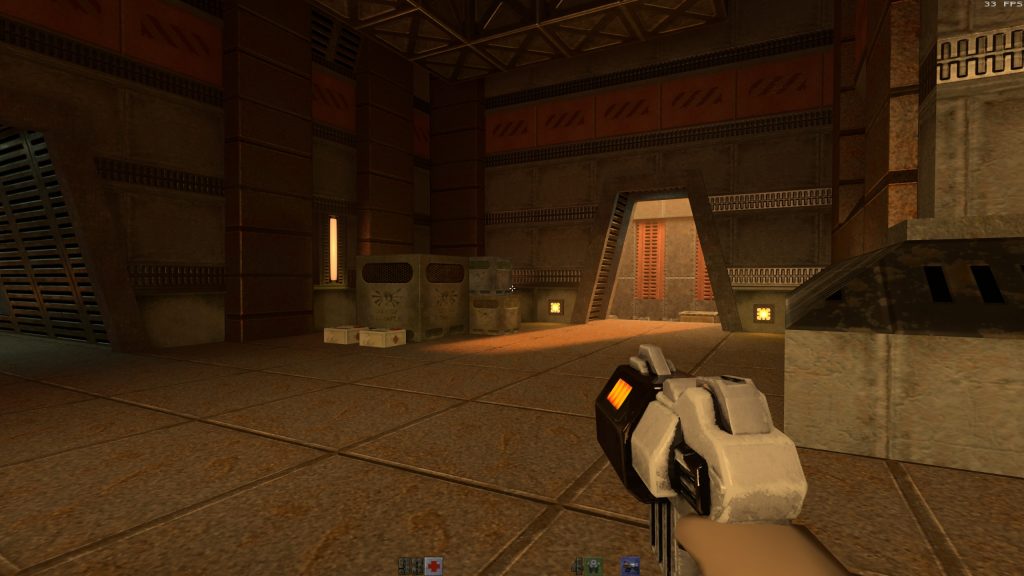
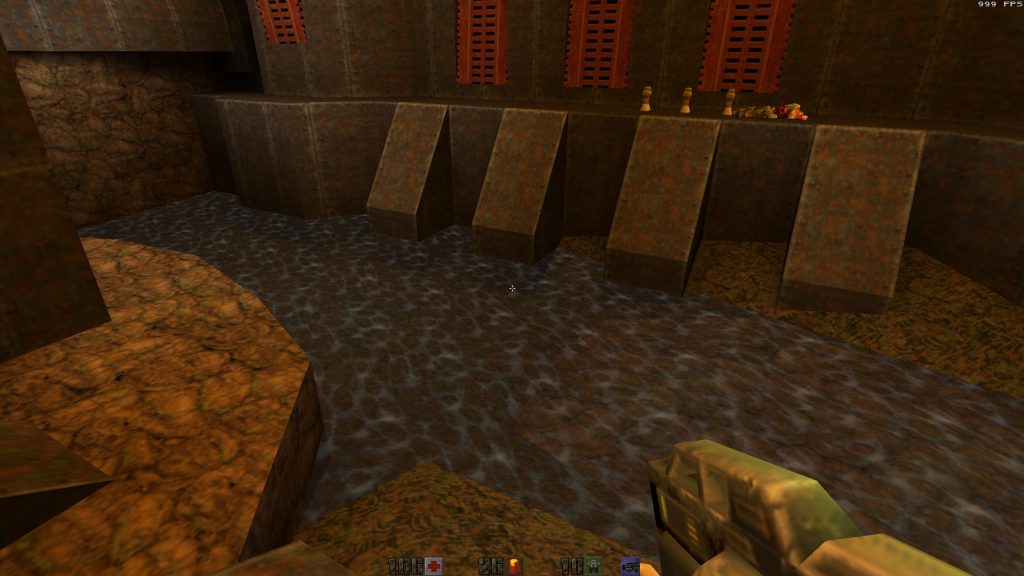
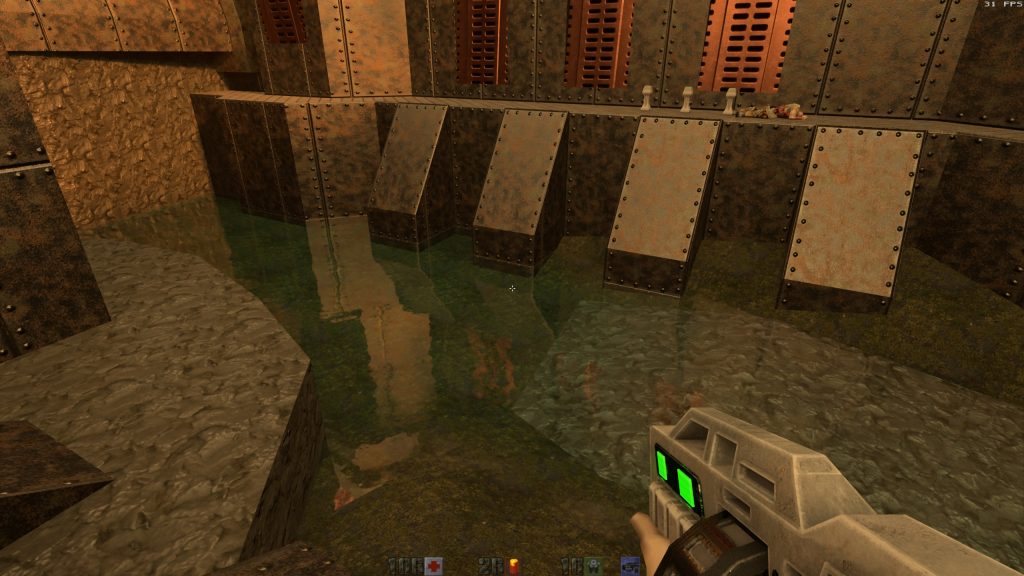
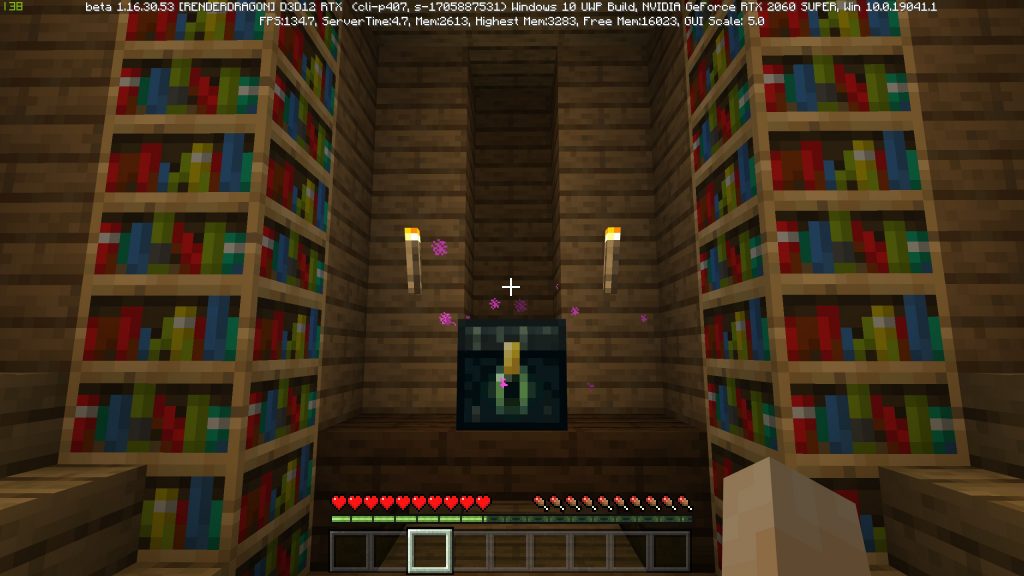
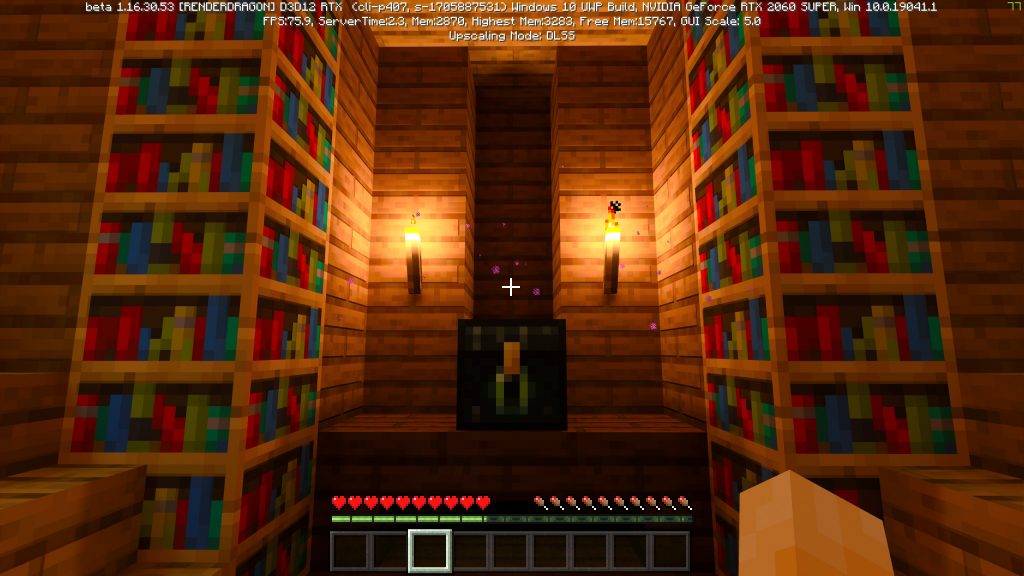


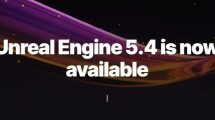













Kommentieren